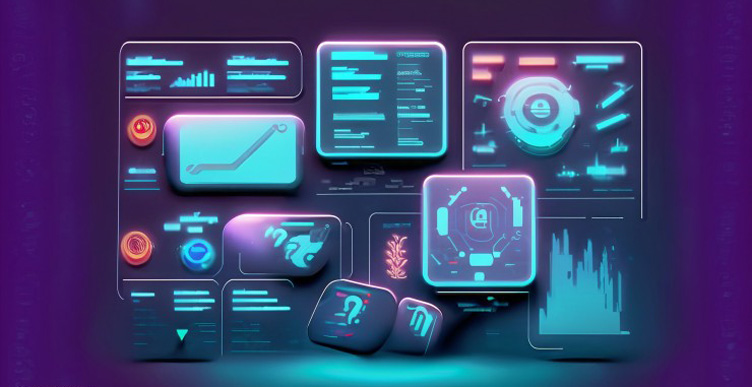
It is undeniable that technology has become a significant game-changer in the world of sports. Today, technologies like computer vision and cloud computing are revolutionizing sports training, enabling athletes to refine their skills and improve their performance in ways never imagined before. However, there is a catch. At present, these technologies are mostly accessible to elite athletes, owing to the high costs associated with their implementation. But will this always be the case? The answer is a resounding "NO."
The future holds a vision where these innovative technologies will become more affordable, democratizing sports training and making it more accessible to athletes at all levels, even at the grassroots. This article will delve into how computer vision and cloud computing will revolutionize grassroots sports training, making it more accessible to all.
Currently, computer vision and cloud computing are primarily used by high-performance athletes and professional sports teams. Computer vision uses algorithms to interpret and understand visual data, providing a detailed analysis of an athlete's technique, performance, and even injury risks. The data extracted is then processed and stored using cloud computing, making it accessible anytime, anywhere. This allows coaches and trainers to provide personalized training programs, track progress, and make data-informed decisions.
The benefits are immense, but so is the cost. The high expense of implementing such technology has limited its reach to elite athletes and professional sports teams. For grassroots athletes, who often train in community settings with limited resources, such technology remains out of reach. However, the future paints a different picture.
Several factors contribute to the high costs of these technologies: the complexity of the software, the infrastructure needed to process and store the data, and the specialized equipment required for capturing the data. The future, however, promises a significant reduction in these costs, making these technologies accessible to all. Here’s how:
As with any technology, advances in computer vision and cloud computing will lead to a reduction in costs. Improved algorithms will decrease the computational power required, making the technology more affordable. Similarly, advancements in hardware will reduce the need for specialized, high-cost equipment.
The growth of open source software will play a significant role in reducing costs. Open source software is free to use, modify, and distribute. There are already numerous open source projects in computer vision, and this trend is expected to continue. This will provide grassroots trainers with free, customizable software, making the technology more accessible.
As more and more organizations adopt these technologies, economies of scale will come into play. Large scale production and consumption will drive down the costs of infrastructure and services, making cloud computing more affordable.
As more and more organizations adopt these technologies, economies of scale will come into play. Large scale production and consumption will drive down the costs of infrastructure and services, making cloud computing more affordable.
As these technologies become more accessible, their impact on grassroots training will be profound. Here are some ways in which computer vision and cloud computing will revolutionize grassroots training:
Computer vision will enable trainers to provide personalized training programs. By analyzing an athlete's technique, trainers can provide specific feedback and tailor training programs to an athlete's needs. This will lead to improved performance and reduced risk of injury.
With cloud computing, data can be accessed anytime, anywhere. This will allow for remote training, where athletes can receive feedback and training programs without being physically present. This is especially beneficial for athletes in remote areas who may not have access to quality training facilities.
With the wealth of data provided by computer vision and cloud computing, trainers and athletes can make data-informed decisions. This will lead to more efficient training, improved performance, and a better understanding of the athlete's progress.
Cloud computing will enable greater collaboration among the sports community. Athletes, trainers, and even fans can share data, insights, and experiences. This will foster a more inclusive and supportive sports community.
The democratization of sports training through computer vision and cloud computing is on the horizon. While these technologies are currently a privilege of elite athletes, the future promises a different scenario. Through advances in technology, open source software, economies of scale, and competition, these technologies will become more affordable, making them accessible to athletes at all levels.
This will revolutionize grassroots training, providing personalized training, enabling remote training, informing decisions with data, and fostering community collaboration. The future of sports training is promising, and it is a future where everyone has access to the tools they need to succeed. This is not just an evolution - it's a revolution. And it's a revolution that will democratize sports training for all.
Code Sport Studio is shaping the future of sports training with our new app, harnessing AI and cloud computing to democratize elite training techniques. If you're in the sports industry or interested in cutting-edge sports technology, register your interest and join us in revolutionizing sports performance.